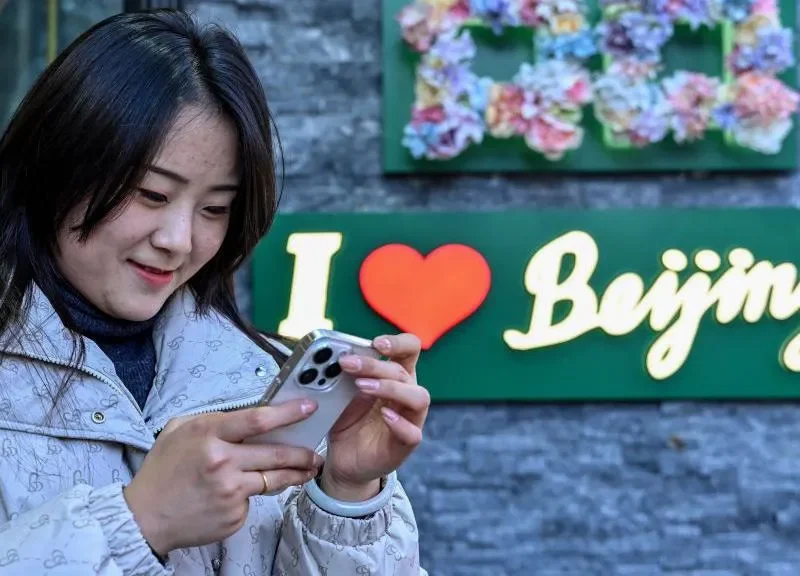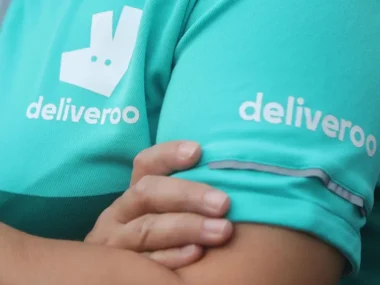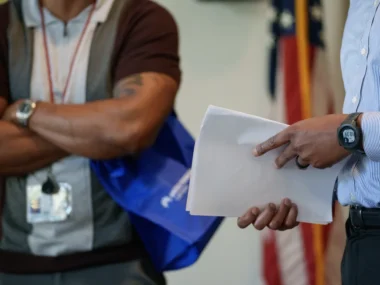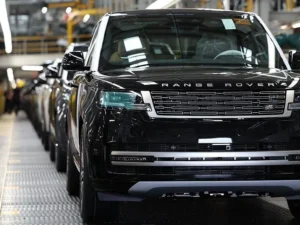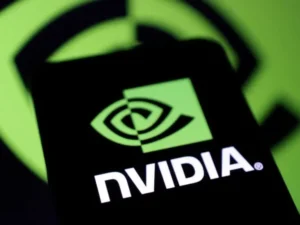When ChatGPT took the AI world by storm, a pressing question emerged: did this pose a challenge for China, the US’s leading tech competitor?
Two years later, a new AI model from China has shifted the narrative: can the US actually hinder Chinese innovation?
Initially, Beijing struggled to respond, as ChatGPT remained unavailable in China.
Baidu’s chatbot, Ernie, faced criticism, while Tencent and ByteDance introduced their own versions—only to be seen as inferior imitations of ChatGPT.
Confident in its lead, Washington tightened restrictions, blocking the export of advanced chips and technology to China.
Yet, DeepSeek’s debut has stunned Silicon Valley. The company claims its high-performance AI model costs far less than the billions spent by US firms.
So how did this relatively obscure company—led by a founder now celebrated as an “AI hero” in China—achieve such a breakthrough?
The challenge
When the US blocked top chip manufacturers like Nvidia from supplying advanced technology to China, it was a significant setback.
These chips are crucial for developing AI models capable of handling everything from simple queries to complex mathematical computations.
DeepSeek’s founder, Liang Wenfeng, called the chip ban their “biggest challenge” in local media interviews.
However, before restrictions took effect, DeepSeek had already secured a “large stockpile” of Nvidia A100 chips—reportedly between 10,000 and 50,000, according to MIT Technology Review.
Western AI models typically rely on around 16,000 high-performance chips. In contrast, DeepSeek claims it trained its model using just 2,000 such chips alongside thousands of lower-tier chips, significantly reducing costs.
Skeptics, including US tech billionaire Elon Musk, question this claim, suggesting the company cannot disclose its exact use of advanced chips due to restrictions.
Nonetheless, experts argue that Washington’s ban has created both obstacles and opportunities for China’s AI sector.
“The restrictions have pushed companies like DeepSeek to innovate and maximize efficiency,” says Marina Zhang, an associate professor at the University of Technology Sydney.

DeepSeek’s founder Liang Wenfung (R) at a recent government meeting
While these restrictions created obstacles, they also fueled innovation and adaptability, aligning with China’s broader goal of technological self-sufficiency.
As the world’s second-largest economy, China has made massive investments in technology—from EV batteries and solar panels to artificial intelligence.
President Xi Jinping has long aimed to establish China as a tech superpower, making Washington’s restrictions a challenge that Beijing was determined to overcome.
DeepSeek’s AI model was launched on 20 January, the same day Donald Trump was sworn in as US president—a timing that AI expert Gregory C. Allen from the Center for Strategic and International Studies believes was intentional.
“The timing and messaging align perfectly with Beijing’s narrative—that US export controls are ineffective and that America is no longer the dominant force in AI,” says Allen, a former strategy and policy director at the US Department of Defense’s Joint AI Center.
In recent years, the Chinese government has actively cultivated AI talent, providing scholarships, research grants, and fostering collaborations between universities and industry.
State-backed programs like the National Engineering Laboratory for Deep Learning have trained thousands of AI specialists, according to Marina Zhang.
And China had no shortage of skilled engineers ready to drive innovation forward.
The talent
Take DeepSeek’s team, for example—Chinese media reports it has fewer than 140 members, most of whom are considered “home-grown talent” from top Chinese universities.
Western observers overlooked the rise of “a new wave of entrepreneurs focused on foundational research and long-term technological growth rather than short-term profits,” says Marina Zhang.
China’s leading universities are producing a “rapidly growing pool of AI talent,” with even managerial positions often held by individuals under 35.
“Having grown up during China’s technological boom, these young professionals are driven by a desire for innovation and self-sufficiency,” she adds. DeepSeek’s founder, Liang Wenfeng, exemplifies this—at 40, he studied AI at the renowned Zhejiang University. Those familiar with him describe him as “more of a geek than a boss,” according to the tech outlet 36Kr.
Chinese media also call him a “technical idealist,” as he insists on keeping DeepSeek open-source. Experts believe the open-source culture has been key in enabling startups to pool resources and advance more quickly.
Unlike larger Chinese tech companies, DeepSeek has prioritized research, allowing for more experimentation, according to industry experts and former employees.
“The top 50 talents in this field might not be in China, but we can create them here,” Liang said in a 36Kr interview.
However, experts remain cautious about DeepSeek’s future. Zhang notes that “new US restrictions could limit access to American user data, which may affect the ability of Chinese models like DeepSeek to go global.”
Others, like Gregory Allen, point out that the US still holds a significant advantage, particularly in its “vast computing resources,” and it remains uncertain how DeepSeek will continue using advanced chips to enhance its models.
For now, however, DeepSeek is reveling in its success, with many in China just becoming aware of the company this past weekend.
The New AI Innovators
Mr. Liang’s unexpected rise to fame has turned him into a sensation on Chinese social media, where he’s celebrated as one of the “three AI heroes” from Guangdong province, which borders Hong Kong.
The other two are Zhilin Yang, a prominent expert at Tsinghua University, and Kaiming He, a professor at MIT in the US.
DeepSeek’s success has brought joy to the Chinese internet ahead of the Lunar New Year, the country’s most important holiday. It’s a bright spot for a struggling economy and a tech sector bracing for more tariffs and the potential sale of TikTok’s US operations.
“DeepSeek shows that only the real deal can stand the test of time,” reads a highly-liked comment on Weibo.
“This is the best New Year gift. Wishing our motherland prosperity and strength,” another comment expresses.
Wei Sun, principal AI analyst at Counterpoint Research, describes the reaction in China as a “blend of shock and excitement, especially within the open-source community.”

DeepSeek’s success has been cheered in China during its biggest holiday
Fiona Zhou, a tech worker in Shenzhen, says her social media feed “was suddenly flooded with DeepSeek-related posts yesterday.”
“People are calling it ‘the glory of made-in-China,’ claiming it shocked Silicon Valley, so I downloaded it to see how good it is,” she says.
She asked the model for her “four pillars of destiny” (ba-zi), a personalized horoscope based on the date and time of birth.
However, she was disappointed when DeepSeek’s response was incorrect. While the chatbot provided a detailed explanation of its “thinking process,” it didn’t deliver the accurate “four pillars” from her actual ba-zi.
Despite this, she plans to give it another try at work, believing it might be more effective for other tasks.

